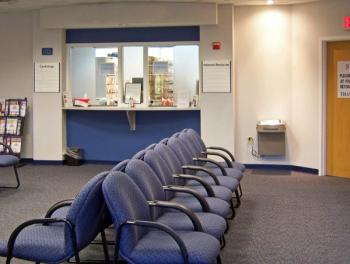
Online communication proving elusive for primary care physicians
Although physicians need to interact with at least 5% of their patients electronically in 2014 to receive Meaningful Use Stage 2 (MU2) incentives, 42.7% of patients in a recent survey didn’t know if their primary care physician (PCP) had a patient portal.
Although physicians need to interact with at least 5% of their patients electronically in 2014 to receive Meaningful Use Stage 2 (
And in spite of
TechnologyAdvice surveyed 430 patients who had seen their PCP within the last year. Fewer than half of patients (49.2%) report being shown a portal either during or outside of their visit.
A
It falls to physicians to promote their online portals and track their usage.
READ:
Other key findings from the survey:
- Patients age 18-24 prefer to schedule appointments online, while those 45 and older prefer phone scheduling. Patients aged 25-44 are split evenly between the two options.
- 42.7% of patients prefer to receive test results over the phone, while only 18.1% prefer email, and 14.1% prefer online messages.
- More than half of patients report that their physician did not follow up with them after their appointment.
The survey’s findings are in line with a
While EHR adoption is growing, EPs are
Related:
Newsletter
Stay informed and empowered with Medical Economics enewsletter, delivering expert insights, financial strategies, practice management tips and technology trends — tailored for today’s physicians.















